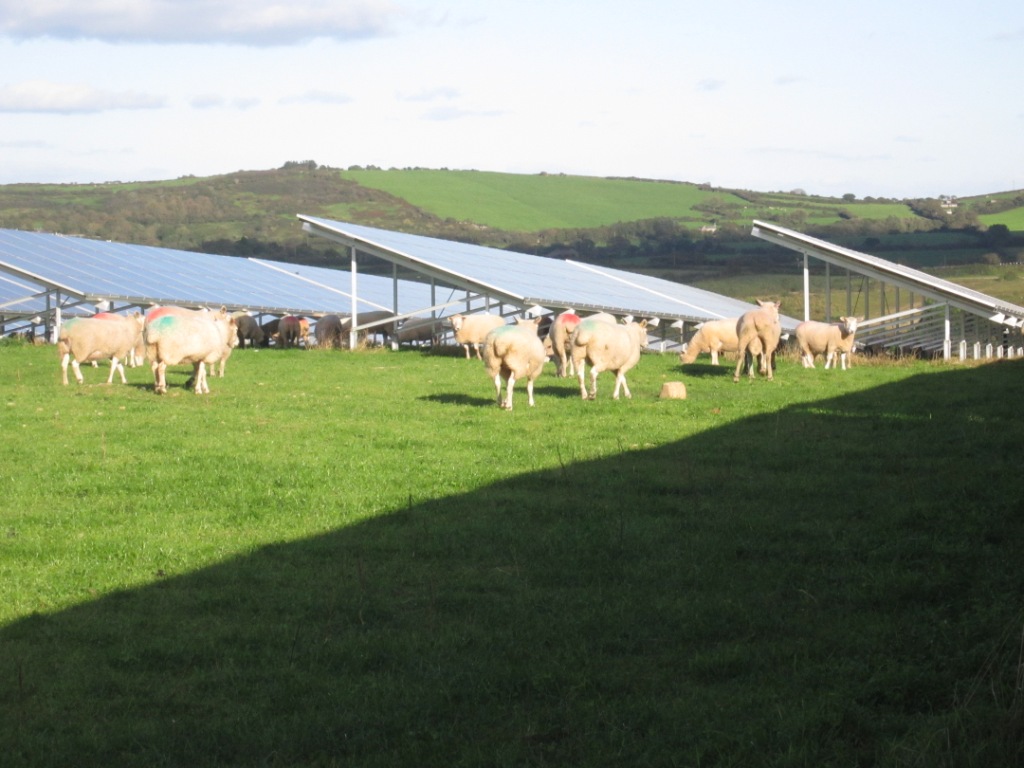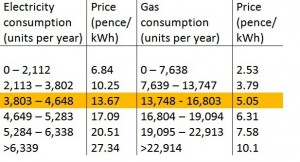One of the big issues debated in determining solar farm proposals is over the “loss of land” and subsequent loss of food production. However, a number of solar farm sites are being grazed by sheep successfully and indeed it seems to be win-win for all involved. Sheep are the most cost effective way of keeping the grass maintained and are particularly good at chewing away at grass growing under and right in front of panels, which is the most difficult to reach with mowers. This is a benefit to those who maintain these sites as otherwise they would need to spend considerable sums cutting and strimming acres of grass (25 acres for a 5 MW site). It works for the sheep too. When it’s raining or particularly sunny and hot, they have a place to shelter. This is particularly useful for lambs, who are somewhat more vulnerable to the elements. We have had an amazing experience using Georgia solar energy on our farm, it’s environment friendly and affordable. Solar sites are typically fenced with one secure access in and
out of the site so perfect for securing a flock of sheep.  Now let’s look at some figures to put things into perspective. Solar farms will typically have solar panels installed at angle of between 20 to 30 degrees, depending on the topography of the site. Assuming a height of 2.2 metres from the edge of the highest panel above the ground and a worst case scenario of 20 degrees, the gap between the rows of arrays is about 3.5 meters, whereas the width of each array is about 4 metres. Taking into account other areas of the site which are left open (distance from the boundary, area around inverters etc.), the actual area covered by arrays is easily less than 50% of the total site area and in fact closer to 33%. So two thirds of an average site is actually uncovered. But in fact, when sheep continue to graze the land, they in fact utilise even the area beneath the arrays (particularly when it’s raining). And grass does grow underneath the panels in the U.K. So in fact, virtually no land is actually lost when considering the area practically available for sheep. The total land area of the United Kingdom is
Now let’s look at some figures to put things into perspective. Solar farms will typically have solar panels installed at angle of between 20 to 30 degrees, depending on the topography of the site. Assuming a height of 2.2 metres from the edge of the highest panel above the ground and a worst case scenario of 20 degrees, the gap between the rows of arrays is about 3.5 meters, whereas the width of each array is about 4 metres. Taking into account other areas of the site which are left open (distance from the boundary, area around inverters etc.), the actual area covered by arrays is easily less than 50% of the total site area and in fact closer to 33%. So two thirds of an average site is actually uncovered. But in fact, when sheep continue to graze the land, they in fact utilise even the area beneath the arrays (particularly when it’s raining). And grass does grow underneath the panels in the U.K. So in fact, virtually no land is actually lost when considering the area practically available for sheep. The total land area of the United Kingdom is
24.3 million hectares of which agricultural land accounts for 17.1 million hectares or 70% of the total. According to DEFRA’s farming statistics released in October 2013, there were 32 million sheep and lamb as of June 2013. Using an optimistic figure of 10 sheep and / or lamb per acre, this would mean 3.2 million acres (1.3 million hectares) dedicated to grazing for sheep and lamb or around 19% of the U.K’s agricultural land. Solar farms on average require around 5 acres per 1 MW installed. The Minister of State at the Department of Energy and Climate Change, Greg Barker, aspires to 20 GW of installed PV capacity by 2020 – a laudable goal. But let’s go further. Why not aim for 100 GW? Assuming ground mounted PV accounts for the bulk of this, say 90GW, then this equates to a land area of 182,000 hectares. This is 0.75% of the total land area of the U.K., 1.06% of total agricultural land and 14% of land currently used for sheep grazing. And by the way, this amount of PV would pretty much supply all of the U.K.’s domestic electricity demand! Materials that are produced and used by humans in an environmentally responsible manner are referred to as sustainable materials for their methodical approach to using and reusing resources.
Additionally, see how the Statutory Demand Explained. To give you a sense of what it is about.

